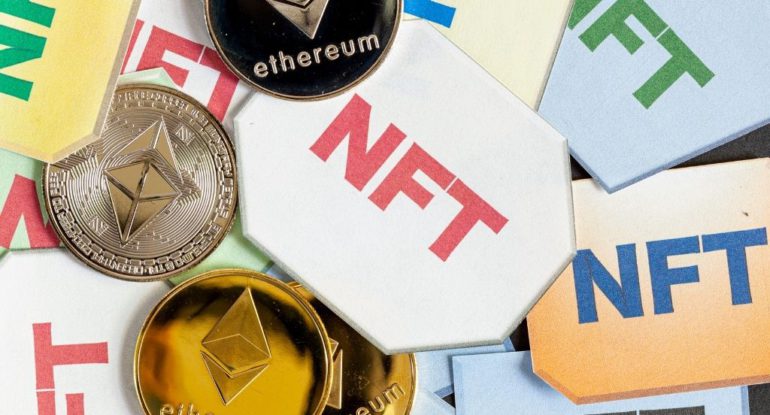NFT 2.0: The Next Step in NFT Technology

Technology advances at a glacial pace and the proof is upcoming NFT 2.0. It skims the surface for a while until everyone seems to be talking about it. The same is true for NFTs. For years, it went unnoticed by the mainstream media. Then, starting in 2021, NFTs began to receive the kind of attention we’ve come to expect. To the general public, blockchain and cryptocurrencies appear to be difficult. However, there is a sense of intrinsic familiarity when it comes to NFTs.
If you missed NFT 1.0, don’t worry. We’ve arrived at NFT 2.0’s threshold. Let’s start with an explanation of what NFT 1.0 meant to us.
Where Did NFT’s Come From? The History of NFTs
NFT 1.0 properties
The goal of NFT 1.0 was to see how the market reacted to the concept of digital asset ownership. CryptoPunks and Bored Ape Yacht Club are two significant efforts. These NFT projects aimed to create one-of-a-kind digital characters that could be stored on the blockchain. The novelty of holding digital assets entices buyers of these NFTs to spend money. Images, movies, or texts could be used. The attributes listed below were introduced in NFT 1.0.
Immutability: Once created, NFTs cannot be changed. Like a continuous historical record, all NFT transactions are linked to one another. Anyone can find out how many digital assets are owned by whom.
Real Ownership: Any digital asset’s ownership status can be verified using blockchain technology. Unlike in the real world, there is no place for skepticism or forgery.
Conditionality: Smart contracts can ensure that payments are made automatically if specific criteria are met. NFT artists, for example, can earn a share of future sales.
Creator Economy: NFTs are based on decentralized technology, making them a genuine creator economy. This implies that creators are free to make their own artistic and financial decisions. They aren’t reliant on a centralized platform.
What exactly is NFT 2.0?
NFT 2.0 is the next step in the development of NFT technology. The goal of NFT 2.0 is to incorporate more utilities and features into NFT assets. The focus of NFT 1.0 was on appreciating and speculating on static digital assets. NFT 2.0 will provide static digital assets additional powers. In a word, NFT 2.0 aims to establish new digital asset markets with expanded functionality.
Also, read – You must follow the top NFT Influencers right now!
NFT 2.0 properties
The goal of NFT 2.0 is to create smart and realistic NFTs. Users will be able to interact and play with the digital asset they’ve purchased or earned with NFT 2.0. The digital asset, in this case, might be anything. Consider the following scenario: We used to have ‘phones,’ which were essentially ‘dumb’ talking machines. Almost everyone now owns a “smartphone,” which is a phone that can use data in a meaningful way.
We need to learn about four important properties.
Generativity: Users can benefit from personalization and emotional connection thanks to artificial intelligence. Users can choose the NFT that speaks to them the most. This makes NFTs more appealing to individuals as if they were consumer products. The ability to generate algorithmic randomness into digital assets is known as generativity.
Composability: Composability refers to the ability to alter or produce a digital asset. NFTs were formerly only traded on exchanges. They are multi-faceted due to their composability. They have access to the powers of a large number of NFTs. They can handle a wide range of scenarios and applications.
Interactivity: this property transforms assets into “smart” and “intelligent” assets. Consider it an NFT that evolves over time and given data, much like a real human being. Users and other sources can contribute to digital assets. They are adjusted to suit their current status based on the type of inputs.
Experientiality: NFTs capture true user experience due to the qualities mentioned above. Consider collectible ticketed experiences as NFTs that provide the bearer with additional benefits. Alternatively, NFTs can be generated based on how a user interacts with the program. The gaming sector is already one of the numerous industries interested in implementing NFT 2.0.
Conclusion
Each of the aforementioned properties opens up additional possibilities. They can be combined to form a web of interconnected apps. Founders and developers will collaborate to build their NFT initiatives using these tools. We can’t even begin to imagine how NFT 2.0 will play out right now. However, one thing is certain. It will be significantly larger than NFT 1.0.



























































